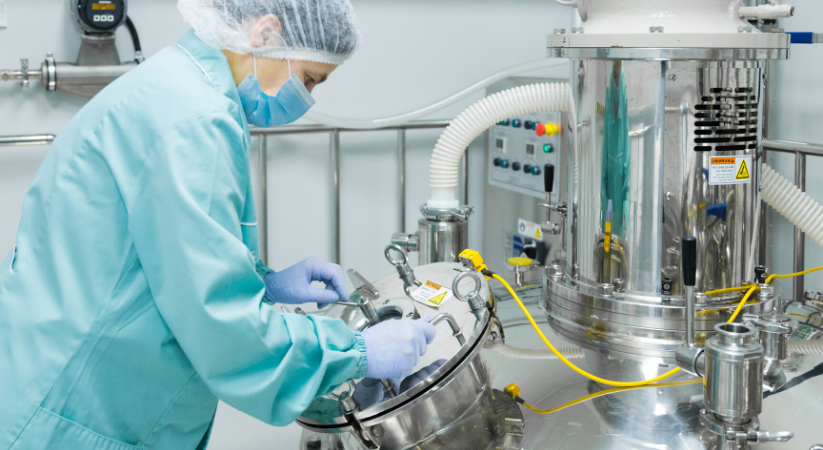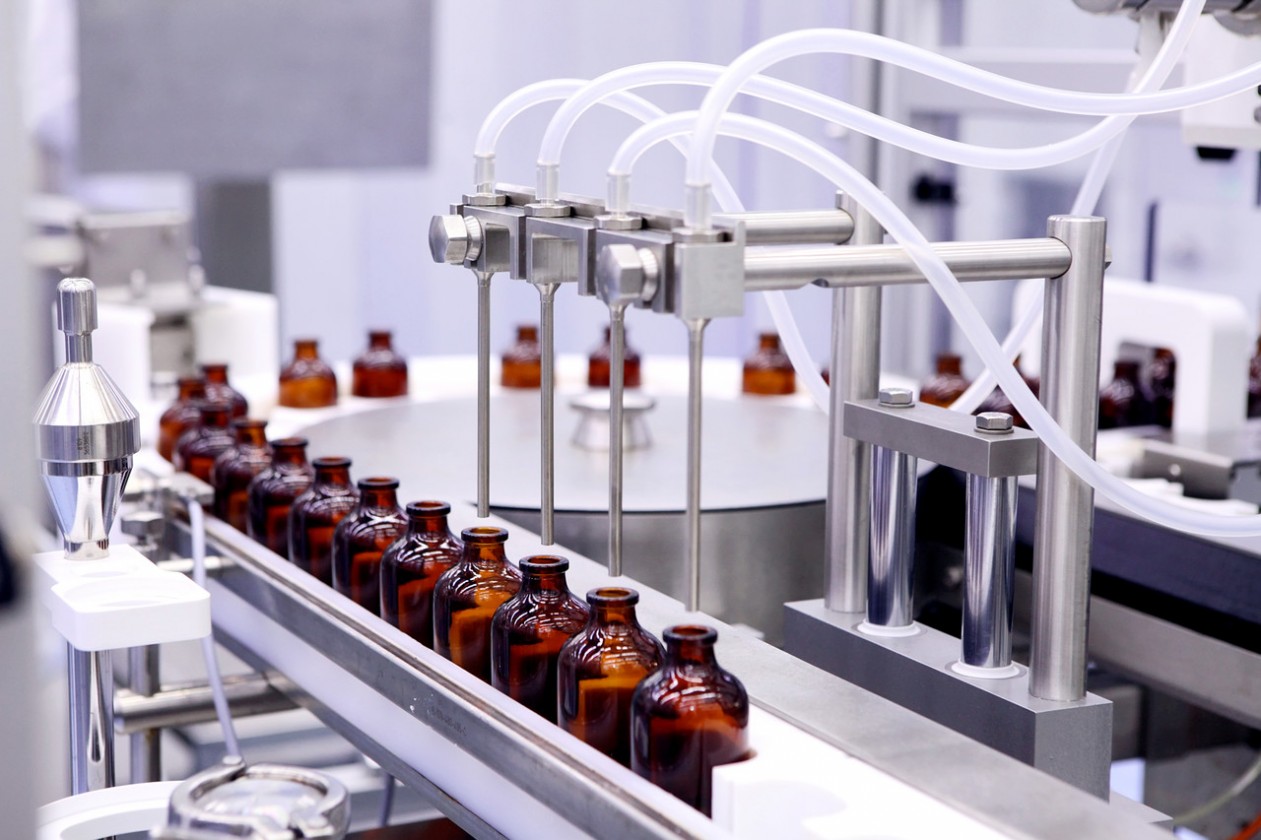Published: 27/05/20 14:48 Categories: Microbiology
Ensuring the safety of sterile products in the pharmaceutical industry is undoubtedly one of the field’s main challenges. This is because not all products can be sterilized by steam or dry heat, as some of their compounds may degrade or lose their valuable characteristics.
Bearing this in mind, environmental and process monitoring has been chosen to ensure sterility by means of a procedure usually known as Media Fill Test (MFT). This method consists of simulating the entire manufacturing process but using a sterile culture medium instead of the product.
In this way it can be proven whether the implemented aseptic procedures are adequate to prevent contamination of the product during routine manufacture.
How can I implement an MFT in my process?
MFT is a method that is referred to in main standards such as the European (EP), American (USP) or Japanese (JP) pharmacopoeia. It is basically a matter of duplicating the actual process of the production procedure where the aseptic steps are carried out; from the installation of the equipment, through the transfer of large product volumes from the sterilizing filter, and including the containers for the release of the product.
This sterilizing filter can be replaced by a sterile connection, and alternatively even, a filter can be included during an MFT but on condition that it is not used to sterilize the culture medium.
An MFT must be designed according to each process and in a meticulous way, in order to ensure that the simulation is representative of all aseptic handling during production.
Given the need to duplicate the process, it is essential that MFT testing is carried out in exactly the same facilities as the manufacture. And using the widest possible spectrum of handling scenarios that can occur, so that all steps of the process up to the release of the end product are covered.

In addition, all personnel involved in the aseptic manufacture of the drug must participate in at least one MFT annually, and all the processes they usually perform must also be simulated. In this respect, MFTs are an important element when assessing operators and evaluating their technique, besides demonstrating that the environmental controls are the most suitable to meet the essential requirements for the manufacture of sterile pharmaceutical products.
I have designed my MFT, what is the next step?
For an aseptic process to be considered at a specific facility, 3 MFTs must be performed on different days. Additionally, an MFT should be performed whenever significant changes occur in the aseptic process, such as: new hires, purchase of equipment or materials and, of course, when there is evidence of a failure to maintain product sterility.
Once all MFT processes have been established, the necessary compounds for the simulation must be assembled, including the equipment and materials for the process, especially the culture medium which is a vital part.
It is important to note that during an MFT, the medium temperature must be the same as what the product temperature would be during manufacture.
And since an MFT itself is an experiment, positive and negative controls should be included to ensure the absence of false positives or negatives. These checks are independent of the quality of the culture medium.
Last but not least, what culture medium should I use?
The culture media to be used can either be obtained ready-to-use or prepared on site, and must naturally be sterile to avoid contaminating the aseptic production space. If it is decided to prepare the media on site, it is preferable to use an autoclave for sterilization, as filtration is not recommended.
The most commonly used culture medium is Trypticasein Soy Broth (TSB), however other general means such as the TSB Vegetable or Thioglycollate Fluid Medium can also be used.
Culture media must be subject to quality and sterility controls, and must enable the selective growth of aerobic microorganisms such as Staphylococcus aureus, Bacillus subtilis or Pseudomonas aeruginosa.
It is necessary to confirm by means of a growth promotion test, in addition to other tests, that they meet the specifications and conform to their respective analysis certificate. A growth promotion test confirms the ability of the media to support the growth of microorganisms of interest.

Likewise, as mentioned at the beginning, the container of the end product must also be incubated with the culture medium under controlled conditions. USP 71 recommends aerobic conditions of between 20ºC and 25ºC, however a range between 20ºC and 35ºC can also work. Whichever temperature is chosen, it should be indicated in the procedure and should be kept within +/- 2.5ºC.
In addition, the incubation period should not be less than 14 days and an examination of containers should be carried out every 2 or 3 days.
At Condalab we have all the necessary products to help you perform your MFT with no complications or concerns, since each of our batches is assessed with high quality standards to ensure their sterility and performance. Contact us for more information.

 Food fraud: How do we detect it?
Food fraud: How do we detect it?
 Visit Us at MEDICA 2025 – Discover Our Precise Detection Solutions
Visit Us at MEDICA 2025 – Discover Our Precise Detection Solutions
 PCR: The Technique Revolutionizing Rapid Detection in the Food Industry
PCR: The Technique Revolutionizing Rapid Detection in the Food Industry
 How Culture Media Ensure the Safety, Efficacy, and Quality of Medicines
How Culture Media Ensure the Safety, Efficacy, and Quality of Medicines
 Meeting us at MEDLAB MIDDLE EAST 2025
Meeting us at MEDLAB MIDDLE EAST 2025